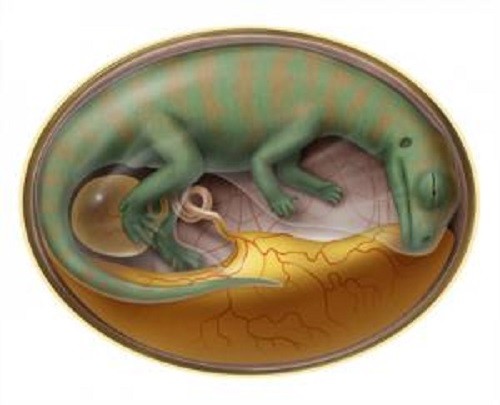
Scientists have discovered the world's oldest collection of fossilised dinosaur embryos near the city of Lufeng, in Yunnan, China.
The latest findings shed light on how dinosaur embryos grew and developed in their eggs. The 190-million-year-old dinosaur bonebed belongs to a group of dinosaurs called sauropodomorph Lufengosaurus - long-necked beasts that grew about eight metres long and lived during the Early Jurassic period in China.
Until now, dinosaur embryos that have been unearthed in various parts of the globe belong to the Cretaceous Period that ended some 125 million years ago. The discovery of an embryonic dinosaur bonebed from China is the oldest such occurrence in the fossil record.
There has been little known data about the growth patterns in dinosaur embryos. Interestingly, a team of international scientists from Taiwan and Canada found more than 200 bones from individual dinosaurs preserved at different stages of embryonic development in China.
Based on their analysis, the research team was able track the growth trajectory of the dinosaur embryo itself, which has never been done before. "We are opening a new window into the lives of dinosaurs," Robert Reis, paleontologist from University of Toronto Mississauga, Canada, said in a statement. "This is the first time we've been able to track the growth of embryonic dinosaurs as they developed. Our findings will have a major impact on our understanding of the biology of these animals."
Reis and his colleagues analyzed the largest embryonic bone - the femur. They found that the bone showed a rapid growth rate, doubling in length from 12 to 24 mm as the dinosaurs grew inside their eggs. This suggests that the sauropodomorph Lufengosaurus had a short incubation period.
The research team also found first evidence showing that the dinosaurs moved around inside their eggs like the modern birds. Even as the femurs were inside the egg, they began reshaping with the help of the dinosaur's muscles. "Examination of the bones' anatomy and internal structure showed that as they contracted and pulled on the hard bone tissue, the dinosaurs' muscles played an active role in changing the shape of the developing femur," according to Reis.
The research team also discovered organic material inside the embryonic bones. They carried out a chemical analysis of the dinosaur bone using infrared spectroscopy and found evidence of collagen fibres - a protein characteristically found in bone.
According to the researchers, the latest findings of the embryonic dinosaur bonebed offer more opportunities to better understand dinosaur embryology.
The details of the findings are published in the journal Nature.
Below is a video showing the world's oldest dinosaur embryo bonebed discovered in China. This YouTube video was posted by University of Toronto Mississauga.

















